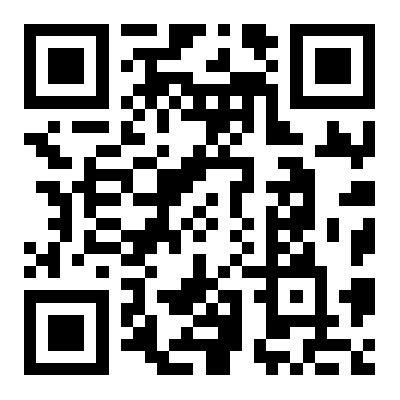The customer asked how to ship goods to Vietnam.
Shipping a variable frequency cold storage unit to Vietnam involves comprehensive planning across pre-shipment preparation, transportation methods, customs clearance procedures, and cost control. Here is a detailed operational guide:
- Product Specifications: Clarify the dimensions, weight, power, and other parameters of the variable frequency cold storage unit (e.g., length × width × height, gross/net weight). This forms the basis for selecting transportation methods and calculating freight costs.
- Product Certifications: Vietnam has compliance requirements for imported mechanical and electrical equipment. It is necessary to confirm in advance whether CE certification (EU standard, recognized in some Vietnamese scenarios), ISO certification (quality management system), or local specific certifications (such as those from the Vietnamese Standards Bureau) are required.
- Packaging Requirements:
Since the unit is a large precision device, it should be packaged with sturdy wooden pallets/crates (moisture-proof and shock-proof). If wooden packaging is used, a fumigation certificate (with IPPC mark) must be obtained to prevent Vietnamese customs from detaining the goods due to un-fumigated wooden packaging.
Prepare all necessary import and export documents in advance to avoid customs clearance delays:
Variable frequency cold storage units are usually large (e.g., 1-3 cubic meters per unit) and heavy (hundreds of kilograms). The transportation method should be selected based on the quantity of goods, destination location, and timeliness requirements:
- Northern Vietnam (Hanoi, Haiphong): Prioritize road transport (exit from Guangxi's Pingxiang or Youyiguan ports, enter through Vietnam's Lang Son, and reach the destination directly by road), which is faster and cheaper than sea freight.
- Southern Vietnam (Ho Chi Minh City, Da Nang): Prioritize sea freight (depart from Guangzhou or Shenzhen ports, arrive at Ho Chi Minh Port or Da Nang Port, then transfer to road transport to the destination), suitable for full-container goods.
- Urgent Orders: Small quantities can be shipped by air (e.g., air freight from Guangzhou to Ho Chi Minh City, then delivered to the door), but note that air freight has restrictions on cargo size/weight (units over 1 ton may require special 仓位 application).
- The Vietnamese importer or an entrusted local customs broker submits documents (bill of lading, invoice, FORM E, etc.) to Vietnamese customs;
- Customs reviews documents → inspects goods (random or targeted inspection; compliant packaging and consistent documents can reduce inspection rates) → pays taxes → releases.
- Tariff: Determined according to the product's HS code. The HS code for variable frequency cold storage units is usually 84186990 (refrigeration units). The basic tariff rate is about 5%-10%, and with FORM E, it can be reduced to 0%-5% (subject to the current ASEAN Free Trade Agreement).
- Value-Added Tax (VAT): Vietnam's standard VAT rate is 10% (calculation formula: (cargo value + tariff) × 10%).
- Other Fees: Customs clearance fees (about 0.5%-1% of the cargo value), port/border fees, etc.
It is recommended to choose freight forwarders with experience in China-Vietnam dedicated lines (e.g., logistics companies specializing in southern China-Vietnam routes). Key factors to focus on:
- Whether they can provide "door-to-door service" (pickup from domestic factories → export customs declaration → transportation → Vietnamese customs clearance → delivery to the customer's designated location);
- Whether they are familiar with large equipment transportation (e.g., can arrange forklifts and cranes for loading/unloading);
- Whether their customs clearance resources are stable (whether they have cooperative local Vietnamese customs brokers to quickly handle unexpected issues).
Compare quotes from 3-5 freight forwarders (including freight, customs declaration fees, customs clearance fees, etc.) to avoid low-price traps (some forwarders may hide additional fees).
- Accuracy of Documents: The "cargo value" on the commercial invoice must be declared truthfully (Vietnamese customs may inspect, and underreporting may result in fines). The HS code must match the product (incorrect codes may lead to wrong tariff calculations).
- Transportation Insurance: It is advisable to purchase cargo insurance (insured value is 110% of the cargo value) to cover risks of damage or loss during transportation (high risk of 颠簸 for large equipment).
Customer Cooperation: Confirm with the Vietnamese customer in advance whether they have import qualifications (if not, the freight forwarder can assist in finding a local import agent) and confirm the unloading conditions at the destination (whether forklifts or cranes are needed).


